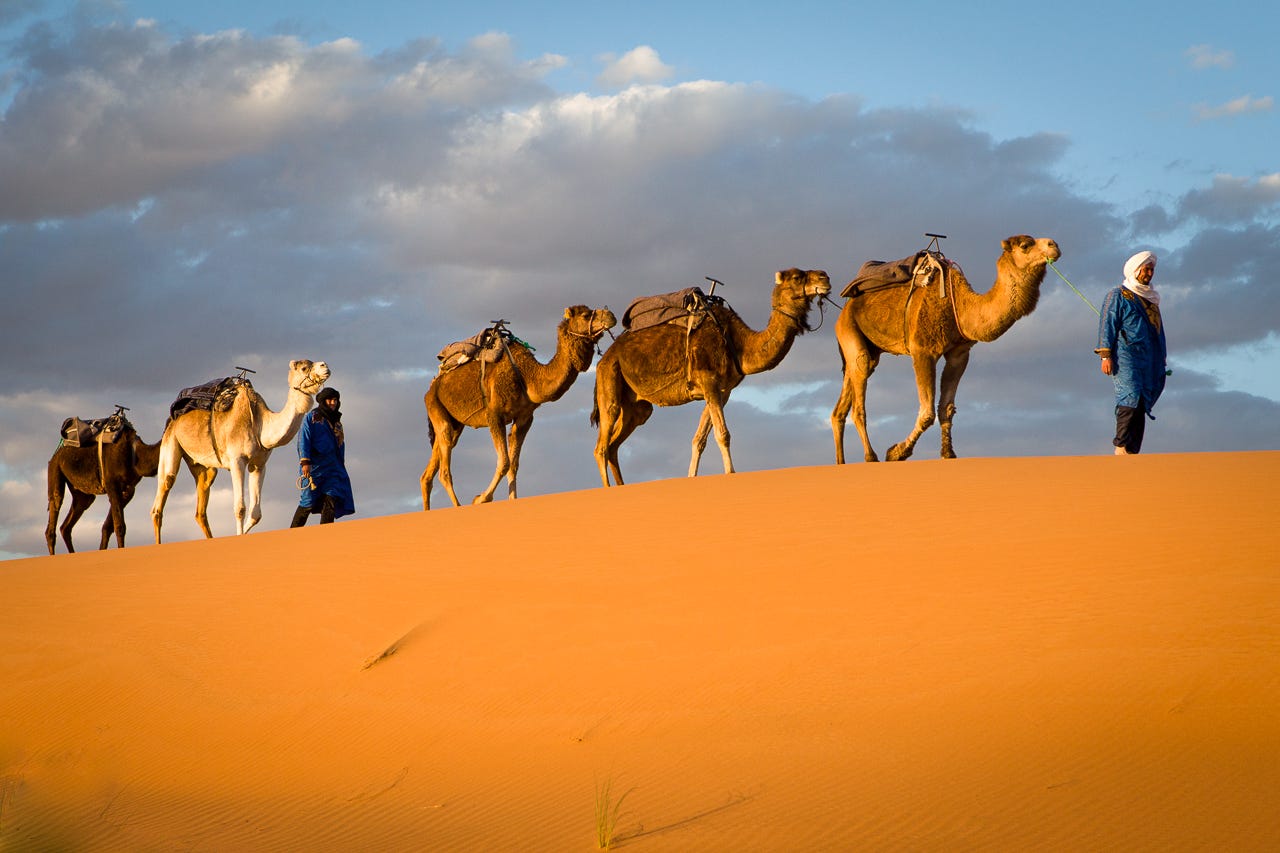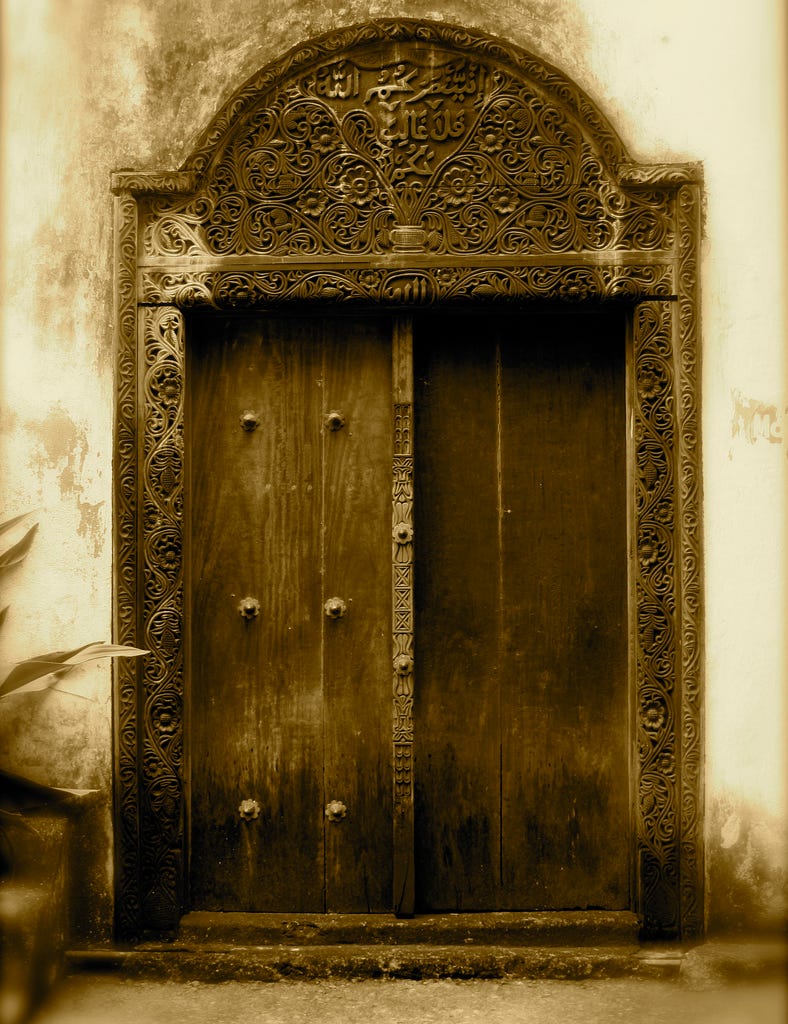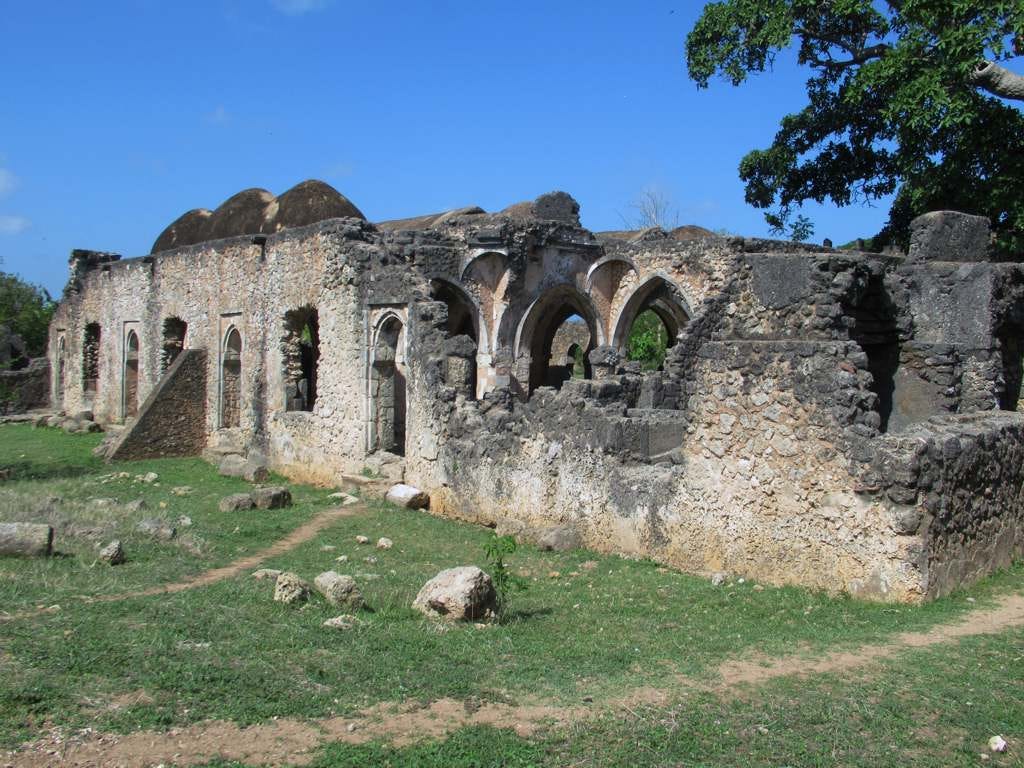The Swahili Coast's Trading Empires
Examining the union of Africa, Arabia and Persia
When you hear the word ‘Swahili’ what does it conjure up in your mind? Bantu cloth? Dance?Maybe warriors or colours of the safari? Until I read about the empires of the Swahili, I had no idea that there was an entire network of trade that connected the known world of ancient times to this part of Alkebulan. I’m happy to bring this one to you for this week’s journey into our past.
Invite your friends to ALKEBULAN
Thank you for reading ALKEBULAN — your support allows me to keep doing this work. I truly appreciate you! If you enjoy ALKEBULAN, it would mean the world to me if you invited friends to subscribe and read with us. If you refer friends, you will receive benefits that give you special access to ALKEBULAN.
The Coast
The Swahili Coast is a stretch of East Africa that once sparkled with the opulence of city-states deeply entrenched in maritime trade. Enveloped by the Indian Ocean's turquoise waters, a captivating blend of African, Arab, and Persian cultures flourished, weaving a story of wealth, influence, and a cultural tapestry that has endured for centuries.
Unearthing the Origins
A millennium ago when Arab traders from the Arabian Peninsula ventured southward along the African coast, they had a quest. They sought to discover new treasures and establish lucrative trade connections. These early encounters led to the foundation of a remarkable cultural fusion, with the very name "Swahili" hailing from the Arabic word "sawahil," signifying the "coasts" where this fascinating exchange took root.
Around the 7th century CE, the Swahili Coast was abuzz with activity. Arab traders arrived laden with exotic goods, including spices, textiles, and glistening glass beads. In return, they sought the region's valuable African resources, such as ivory, gold, and even slaves. These initial encounters marked the birth of the Swahili trading empires.
As the trade winds gathered strength, coastal settlements evolved into thriving city-states. These urban gems served not only as pivotal trading hubs but also as the crucible for a distinctive culture that married African, Arab, and Persian influences. The Swahili language, a captivating blend of Bantu roots interwoven with an Arabic lexicon, emerged as a symbol of this captivating amalgamation.
Dance of Trade Networks
The Swahili Coast's prosperity was intricately tied to its vast web of trade networks. The city-states became integral players in trade that stretched across the Indian Ocean, linking them to far-flung regions like the Middle East, India, and China. Their trade repertoire encompassed a smorgasbord of goods, ranging from coveted spices and precious metals to exotic animals and human lives.
Ivory was a jewel in the crown of Swahili trade. The region's elephant population, thriving in lush inland territories, provided a bountiful source of this coveted material. Gold, too, glittered in Swahili hands, mined from the heartlands and bartered along the coastline. The Swahili ports were also conduits for the exchange of luxury items, such as silk, porcelain, and spices, fostering a cultural dialogue that transcended borders.
To facilitate this bustling trade, the Swahili city-states created a sophisticated network of ports. Among these, Zanzibar, Kilwa, Mombasa, and Sofala shone as luminous stars on the trading horizon. These ports were not merely centers of commerce; they served as crucibles of cultural mingling, where traders from distant corners of the globe converged exchanging customs, languages, and religions.
As suchm the Swahili trading empires were more than just economic juggernauts; they were hubs of cultural convergence. This fusion of African, Arab, and Persian influences birthed a vibrant cultural tapestry that still dazzles today.
Language and Literature
At the heart of Swahili culture lies the Swahili language. A Bantu language infused with Arabic vocabulary, Swahili not only made trade easier but also became the symbol of the region's inhabitants.
Literature, too, found its voice in Swahili. Swahili poetry wove stories of love, nature, and daily life, reflecting the colorful blend of the Swahili Coast's heritage. These poems were celebrated for their artistry and historical significance, and they resonated through the ages.
Architecture and Urban Elegance
The Swahili city-states had distinct architecture that mesmerised the world as did their urban planning. Cities like Kilwa and Zanzibar boasted mosques, palaces, and homes that were architectural marvels. These structures, adorned with intricate coral stone carvings and ornate wooden doors, bore the unmistakable stamp of Arab and Persian design. The layout of these cities featured winding, narrow streets that not only provided shade but also the cool ocean breezes.
Faith and Beliefs
Religion played a profound role in shaping Swahili culture. While indigenous African beliefs held their ground, Islam took root through interactions with Arab traders. Mosques stood as both places of worship and communal gathering, casting a spiritual aura over the coastal cities. Islam introduced new customs, rituals, and a legal framework that left an indelible mark on daily life.
Artistry and Craftsmanship
The Swahili people were artists and artisans of unparalleled skill, crafting intricate works in wood, pottery, jewelry, and textiles. These crafts weren't just beautiful; they were practical, playing a pivotal role in daily life and trade.
The Swahili trading empires reached their zenith between the 12th and 15th centuries, but like the shifting tides, their decline was inevitable. Multiple factors contributed to their gradual demise, including changing global trade routes, the emergence of European colonial powers, and internal conflicts among the city-states.
The late 15th century witnessed the arrival of Portuguese explorers, challenging the dominance of the Swahili Coast's trade. Portuguese interference disrupted existing trade networks, leading to economic hardship for the Swahili city-states. In addition, the European scrutiny and condemnation of the African slave trade, a significant part of the Swahili economy, exerted tremendous pressure on the region.
By the 18th century, the once-mighty Swahili trading empires had faded into history, and many city-states had faded into obscurity. However, their cultural legacy remained. The Swahili language continued to weave its melody, and the architectural and artistic traditions endured, albeit with evolving influences.
In the 19th century, the Omani Sultanate of Zanzibar emerged as a dominant political force on the Swahili Coast. Zanzibar became a key spice trading hub, particularly for cloves, and played a pivotal role in the region's economy. It was also a nerve center for the notorious Arab slave trade, a dark chapter in history that finally met its end in the late 19th century due to the efforts of European colonial powers.
The Arab Slave Trade is a topic I want to cover at some stage.
From Dust
The Swahili Coast's trading empires are a mesmerizing chapter in Africa's history, where African, Arab, and Persian influences converged. The coastal city-states prospered as hubs of trade and culture, binding East Africa to the wider world through maritime networks. Their legacy endures in the form of language, architecture, art, and cultural traditions that continue to shape the identity of the Swahili Coast.








Interesting article as always. Love the richness and diversity of culture that always comes through in your writing.